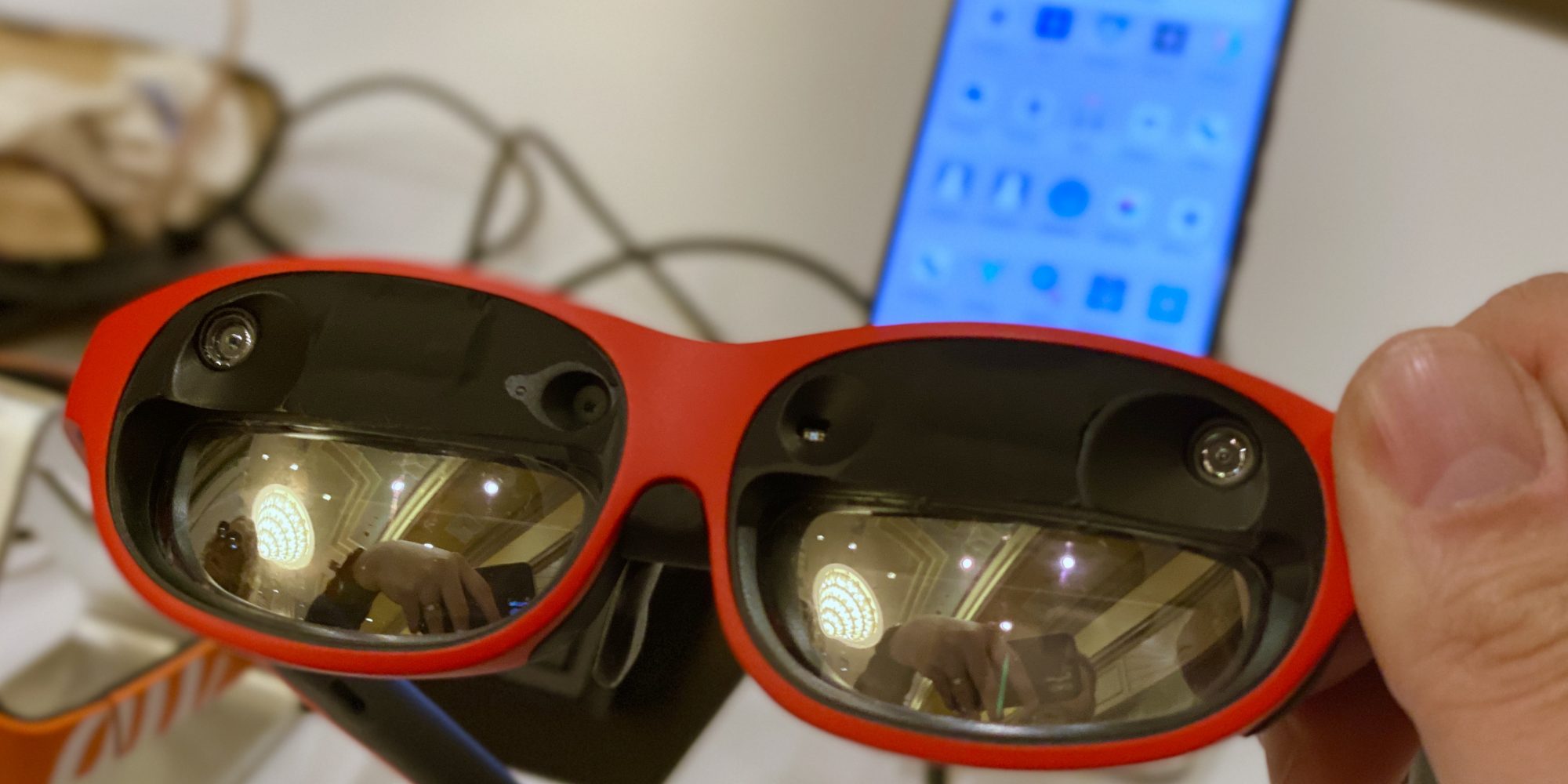True augmented reality hasn’t found an easy path to consumer adoption. In spite of general understanding of how AR hardware and software should theoretically work — put on glasses to see the real world overlaid with digital objects and signage — the technology needed to actually get there has been confoundingly difficult, requiring so many big and small advances that as of the last days of 2019, no one is actually selling viable consumer AR glasses.
That will start to change in 2020. Backed by ambitious cellular carriers, smartphone-dependent consumer AR hardware will soon become available in stores. Consumer AR software will continue to evolve, as well. And while fully standalone AR solutions such as Microsoft’s HoloLens 2 will likely remain exclusive to enterprises, companies will continue working on ways to free AR headsets from physical connections to phones and computers, using Wi-Fi and 5G cellular connections. Here are the big trends worth watching in 2020.

Unlock premium content and VIP community perks with GB M A X! Join now to enjoy our free and premium perks.
Join now →
Sign in to your account.

